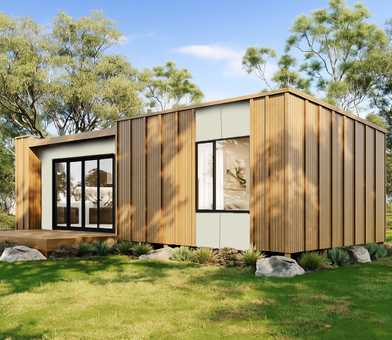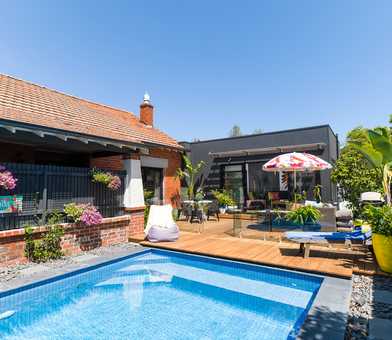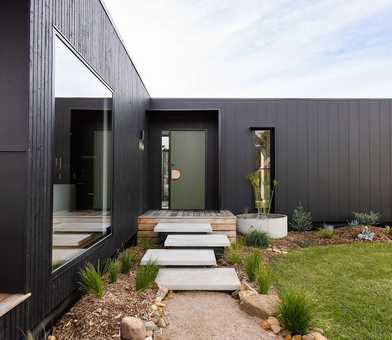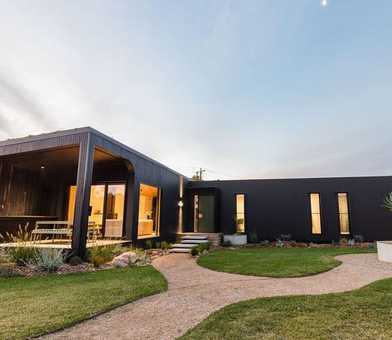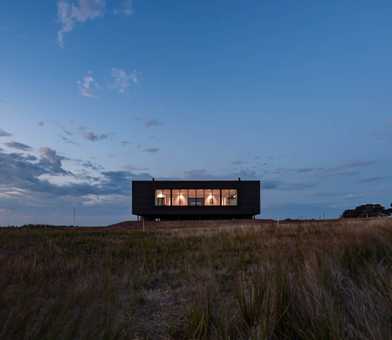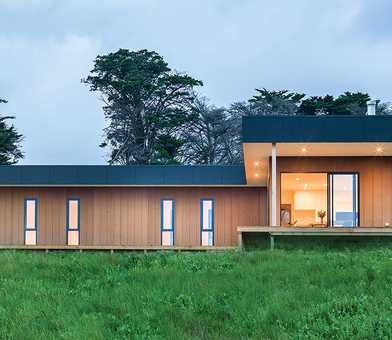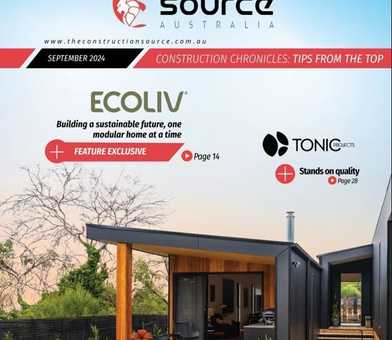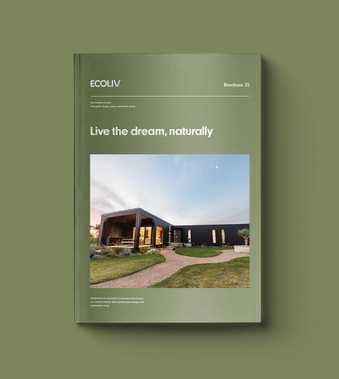What is a prefab home?
A prefab home, short for prefabricated home, is a type of housing structure constructed through the prefab building process. This method involves assembling homes off-site in various panels, components, or modules, which are later connected to utilities and services on the intended location. It's important to note that the term "prefab homes" encompasses various construction styles, including modular homes and kit homes. Modular homes are usually transported to the site fully constructed and prepared for utility connections, whereas kit homes are delivered in separate components for assembly at the location.
What’s the difference between prefab, modular and kit homes?
The term "prefabricated building" is a general descriptor for a pre-designed building structure that's constructed either partially or entirely off-site. This classification includes kit homes and modular homes, both falling under the umbrella of prefab homes. Ecoliv specializes in sustainable home construction using the prefab approach, integrating design for manufacture and assembly (DfMA) and passive solar design principles into complete volumetric modules.
Read more about the different types of prefab buildings and the pros and cons of prefab vs traditional construction on our blog.
How are prefab modular homes transported?
Our prefab homes consist of volumetric modules that are transported using flat-bed trucks to reach their ultimate destination. Ecoliv's prefab modular homes can be shipped from our construction facility located at The Gurdies on Victoria's Bass Coast to any destination across Australia.
The transportation expenses vary based on the distance to be covered and the quantity of modules being transported. During the initial estimate phase, we provide an approximate cost estimation. Typically, the estimated cost is around $1,000 per hour per truck per module for the journey from our construction facility to your specific site.
How much does a prefab homes cost?
Like with any new home, the expense of building a prefab home is influenced by its size and what features are included. At Ecoliv, our prefab modular building designs begin at $228,000. You have the flexibility to upgrade elements such as cladding, interior materials, and fixtures based on your preferences, or even opt for a fully customized design. Additionally, the cost of the prefab home can be impacted by factors such as the proximity to the factory and adherence to local building codes.
Learn about financing your modular home build on our blog.
How long will a prefab homes last?
Prefab modular homes are carefully engineered for transport and lifting, ensuring a higher level of construction compared to traditional builds.
Ecoliv's prefab homes can be tailored to accommodate various Australian climates and come with warranties equivalent to those of traditional constructions. Every home is uniquely designed to maximize site-specific attributes like orientation and cross-flow ventilation. Additionally, our homes can be designed to meet bushfire safety requirements, reaching a Bushfire Attack Level (BAL) rating of up to BAL FZ.
Are prefab homes sustainable?
Although the prefab construction process can minimize construction waste, it's crucial to emphasize that not all builders of modular or panel homes prioritize sustainability. Equally significant for a sustainable outcome, both in construction and habitation, is the quality of construction and the materials employed—factors that can vary based on specifications and budgets.
Sustainable prefab construction depends on meticulous planning and construction of modular homes to minimize wastage. Furthermore, homes need to be designed in alignment with passive solar principles and utilize materials with low embodied energy, ultimately leading to a decreased overall environmental footprint. For over 13 years, we have been constructing modular homes in Australia with a 7-star energy efficiency rating, employing sustainable construction principles to minimize waste.
What are the benefits of prefab homes?
Prefab homes offer a multitude of advantages. Alongside accelerated construction timelines, cost-efficiency, minimized construction waste, and reduced negative environmental impacts, our prefab homes can be effortlessly transported to any destination throughout Australia.
This attribute makes prefab homes an excellent choice for individuals looking to construct a new residence in remote or rural areas of Australia—locations where skilled tradespeople and relevant businesses, such as materials and hardware stores, are often scarce. Take, for instance, the Ecoliv home in Jindabyne, NSW, situated in a remote area with limited access to construction professionals and services.
Moreover, prefab homes are well-suited for densely populated urban areas, offering the advantage of minimal construction noise since the prefab components are built off-site and then transported to the location. Our Northcote Project, in Victoria serves as a prime example of a sustainable modular home in a highly urbanized setting in Melbourne.

